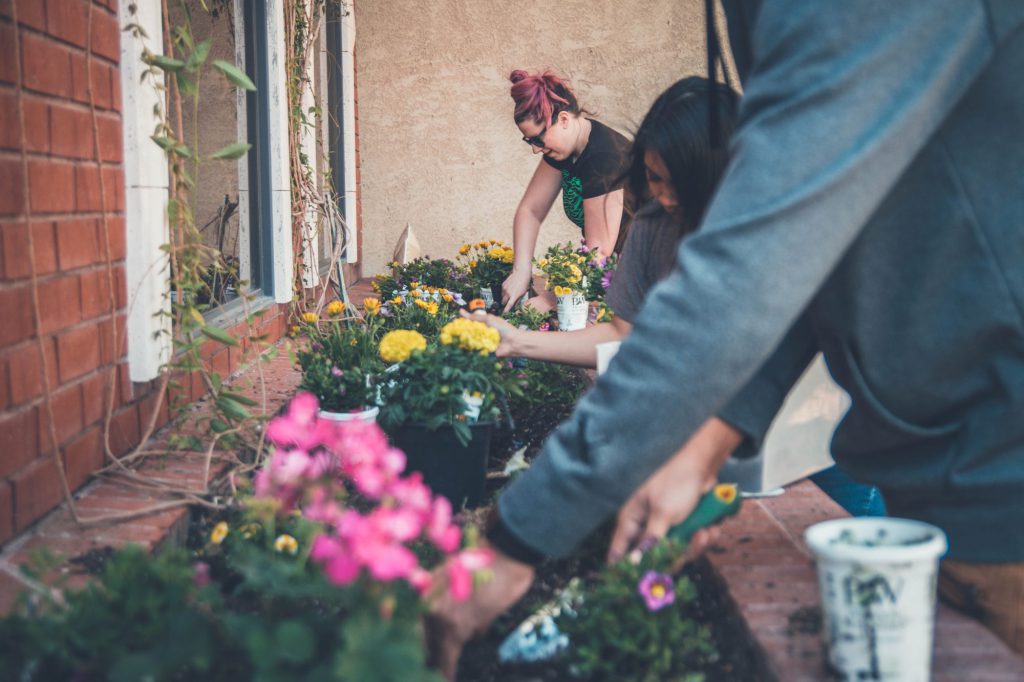
In an era marked by climate change and an ever-increasing awareness of environmental issues, sustainability has become a guiding principle for industries worldwide. As a property developer, we have responsibility to contribute to a greener future.
When looking to create a more environmentally conscious tomorrow, there are key considerations.
Location and design: laying the foundation
The first step in building sustainable communities is the careful selection of locations and thoughtful urban planning. The emphasis is on sites that promote walkability, access to public transportation, and proximity to essential amenities. Mixed-use developments that integrate residential, commercial and recreational spaces, reducing the need for extensive commuting and fostering a sense of community, should be embraced.
Design plays a crucial role in sustainability. Energy-efficient buildings include green roofs, large windows for natural light and renewable energy sources, such as solar panels. But the design goes beyond the buildings, and should include open spaces, parks and communal gardens, encouraging residents to connect with nature and each other.
Innovative infrastructure: the power of technology
Incorporating cutting-edge technology enhances the sustainability of developments. Smart grids, which optimise energy consumption and distribution, reduce waste and promote efficiency. By integrating electric vehicle charging stations can encourage the use of eco-friendly transportation options.
Developers should consider investing in water management systems, including rainwater harvesting and efficient irrigation methods. By minimising water wastage, communities will contribute to the conservation of this precious resource.
Community engagement: fostering a green lifestyle
Sustainable communities thrive on the active involvement of residents. Educational programmes can raise awareness about environmental issues and promote eco-friendly practices. Residents can be encouraged to follow recycling and waste reduction practices by providing convenient collection points and organising community clean-up initiatives.
Shared spaces facilitate community gatherings and events, fostering a sense of belonging and shared responsibility. Local markets can support sustainable businesses, reducing the carbon footprint associated with transportation and encouraging a circular economy.
Affordable and inclusive housing: a holistic approach
Sustainability should be accessible to all members of the community. Affordable housing options that incorporate green technologies ensure that environmental benefits are not limited to higher-income residents. Design principles that cater to diverse needs, including accessible infrastructure and accommodation for different age groups, create an inclusive community.
By adopting a holistic approach to sustainability, property developers can contribute to the creation of communities that prioritise the well-being of all residents, regardless of their economic status.
Long-term planning and adaptability: future-proofing communities
Property developers should consider the long-term impact of their projects. Implementing strategies for climate resilience and adaptability ensures that communities remain sustainable in the face of changing environmental conditions. This may include incorporating green spaces that act as natural buffers against extreme weather events or designing buildings with materials that withstand the test of time.
And finally…
Creating sustainable communities requires a multifaceted approach that goes beyond traditional property development. As a developer, we have the power to shape the future landscape, fostering environmentally conscious living and community well-being. By prioritising location, design, innovative infrastructure, community engagement, affordable housing and long-term planning, we can contribute to a more sustainable and resilient tomorrow.

Dean Williamson MRICS